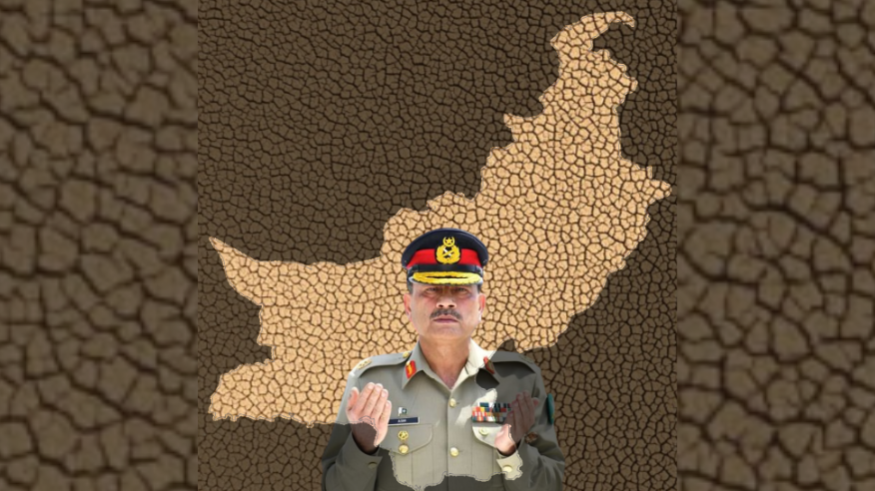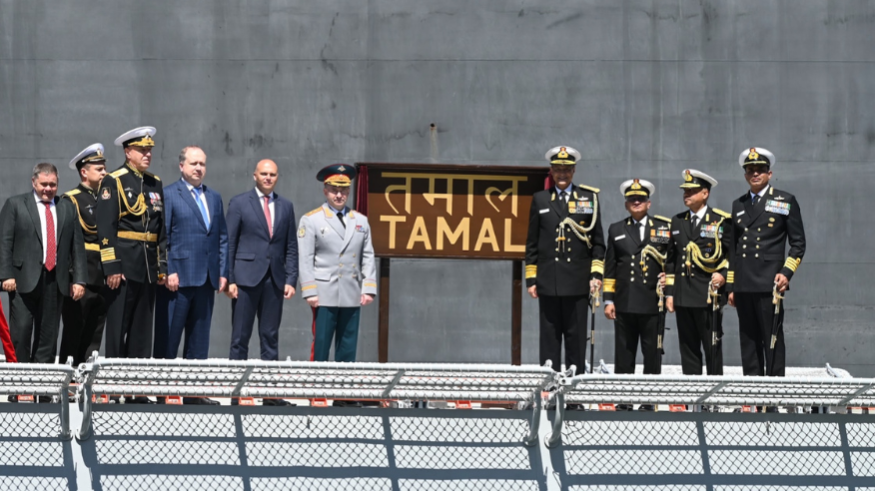Pakistan’s Thirst Bomb: 5 Takeaways from a conversation with Prof Anjal Prakash
Climate change is reshaping the subcontinent’s water needs— but India remains shackled by a treaty drafted in 1960. As glaciers melt, populations surge, and terror flows from across the border, is it time to rethink the Indus Waters Treaty?
In this explosive episode of Cutting Edge, Col Anurag Awasthi (Retd) sat down with IPCC member and climate expert Prof. Anjal Prakash from the Indian School of Business to unpack why the IWT is being called the "Article 370 of rivers." From China’s impunity to Pakistan’s weaponisation of water, and the untapped potential of the Kabul River, this conversation covered a broad spectrum of the issues with the Indus Water Treaty.
Here are five key takeaways from the conversation:
1. The Treaty is Outdated — and Dangerous
Signed in 1960, the Indus Waters Treaty no longer fits today’s geopolitical or environmental realities. With rising population and mounting climate stress on increasingly fragile ecoystems, Prof. Prakash argues the treaty is “unequal and locked,” handing 80% of water flow to Pakistan while restricting India’s options. India’s 2023 move to seek its re-evaluation was long overdue.
2. Water as a Strategic Asset
Prof. Prakash, once a believer in using water for peace, now calls it a legitimate strategic tool. With 25% of Pakistan’s GDP and 40% of its workforce dependent on agriculture, controlling the flow of water—especially to Punjab—offers India significant leverage. “You’re not choking the people,” he notes, “you’re choking the establishment” that fuels terror in India.
3. Afghanistan is a Game-Changer
India should help Afghanistan build dams on the Kabul River, which currently flows freely into Pakistan. Without a treaty in place, this move would be legal — and strategic. It would allow Afghanistan to meet its own energy needs while further reducing Pakistan’s control over its water sources.
4. Build Smart, Build Strong
Water infrastructure in India’s Himalayan region must now serve three functions: survive climate shocks, enhance water security, and double as defensive assets. Prof. Prakash calls for “climate-resilient, strategically located” dams and canals that serve both ecological and national security goals.
5. Pakistan's Weakness is Its Own Making
With only 30 days of water storage, 40% conveyance loss in canals, and inefficient infrastructure, Pakistan is deeply vulnerable. Its failure to modernise has left it exposed. At the same time it has pursued a policy of unrelenting hostility and terror against its neighbours — and India is no longer obligated to be generous.















Comments